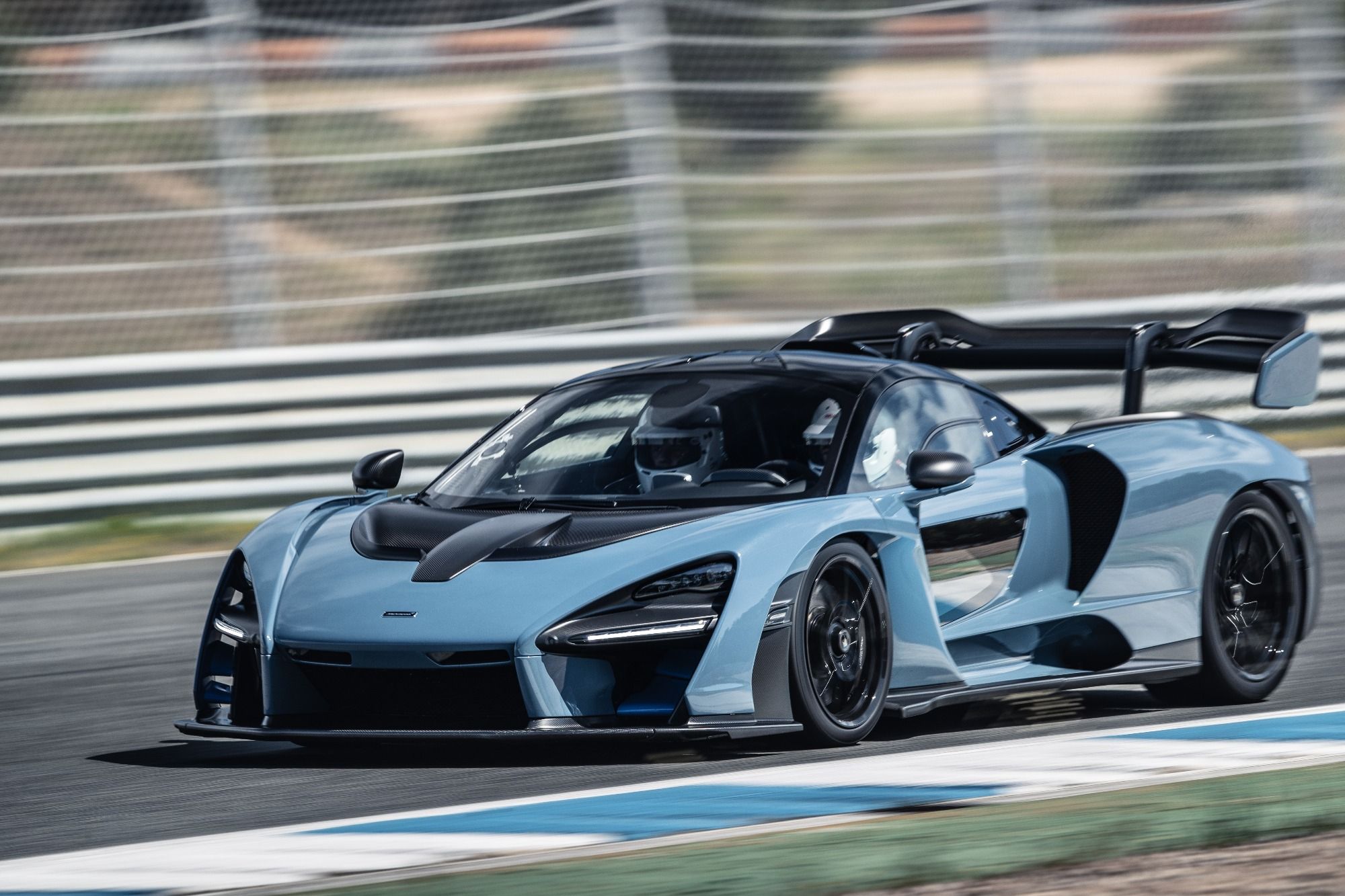
McLaren will build an all-electric hypercar, we just don't when exactly. McLaren will only say by 2025 for a number of justifiable reasons, but mainly because one of the main hurdles currently plaguing EVs has yet to be overcome. What is that? Weight. Company officials have gone on record about this problem before. Battery strength, especially involving track days, also needs to be resolved but this technology is moving along quite fast. The real issue is weight, as Jamie Corstorphine, McLaren's global marketing manager, reiterated to Australia's Motoring.au.
"What we've previously said is that we're working on an EV prototype in our ultimate series to understand how the characteristics and subjective feel corresponds to an EV," Corstorphine explained. "It's always our approach that it's better to build something and drive it and understand it."
But the problem of weight remains, which McLaren simply cannot accept. For example, the all-new Porsche Taycan weighs over 5,000 pounds while the Lotus Evija tips the scale at about 3,700 pounds. By comparison, the McLaren Senna weighs 3,029 pounds. Even 700 or so pounds makes a huge difference, especially at the track. Lightness is a core McLaren attribute and betraying that simply to rush into the EV hypercar department is not acceptable. That's why we won't be seeing a McLaren Ultimate Series EV hypercar until 2025, at the earliest.
"As it stands at the moment, we don't think the battery technology will be ready until 2025 to give us what we want in terms of performance," he added. "A McLaren EV has got to be usable. It shouldn't be that we offer a powertrain solution that compromises. It won't just be lower emissions, it'll be a better sports car."
Combining maximum performance, handling, efficiency, weight, and breakthrough design inside and out is no easy task. Even Ferrari is taking its time regarding an EV hypercar for the exact same reasons as McLaren, with weight being the number one hurdle.
